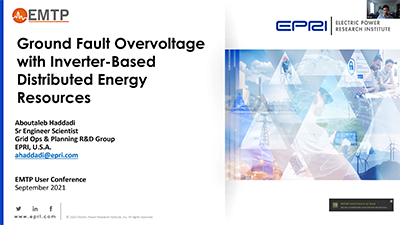Access to EMTP user presentations, webinars, and slide deck presentations.
62 presentations for Simulation:
Author(s): Ivo Uglesic
Type:Technical Presentation
Date: 2021-09-02
Abstract
Ferroresonance is difficult to predict because its occurrence in the power system depends on several parameters, some of which are unknown (parasitic capacities). In addition, measuring electrical con... see moreditions during high voltage ferroresonance is very difficult to achieve. In order to check the possibilities of numerical calculations of ferroresonance, the ferroresonant circuit was made as a low voltage circuit in which all parameters were known.
Measurement of ferroresonant current and voltages in a single-phase low voltage circuit will be described. The system consists of an AC voltage source, a capacitor, a switch and the single-phase transformer. These electrical elements are connected in series. The magnetic flux-current points of the magnetization curve of the transformer was experimentally obtained and used in the simulation. When the switch closes, ferroresonance takes place since all conditions were met for its occurrence. The waveforms of the transformer current and the voltage at the transformer terminals were measured after switch closing.
During the ferroresonance, transformer voltage and current reach relatively high values. At the beginning of the ferroresonance (during its transient part), the voltage of the transformer reaches values that are about two times higher in amplitude than the amplitude of the AC source. The primary side of the transformer was modelled with a series connection of the ohmic resistance and leakage inductance. The core was modelled with a parallel connection of the ohmic resistance and nonlinear inductance. The ohmic resistance represents the core losses while the nonlinear inductance models the magnetizing characteristic of the transformer.
A comparison between simulated and experimentally obtained results shows that EMTP successfully simulates the ferroresonance phenomenon for this specific electrical system as simulated results are in a good agreement with the measured results.
Tag(s): ferroresonance, tov, saturation
Author(s): Andreia Leiria
Type:Technical Presentation
Date: 2021-09-02
Abstract
Overvoltages were identified on the MV and LV networks of a Hydro Power Plant as the cause of the trip of the LV maximum voltage protection, compromising the normal operation of the system. Following ... see morethis event, measurements were conducted and the presence of a very high 23rd harmonic, potentially responsible for the various overvoltages, was identified associated to the operation of the Plant’s Synchronous Machine Frequency Control System (FCS). It was concluded then that this harmonic would have its origin in the FCS and would be amplified due to a possible resonance in the Power Plant internal network. A digital simulation study, using EMTP, was conducted to identify and characterize the resonance in the system and to propose mitigation solutions. The simulation models were developed using the equipment data and the system characteristics. The models were duly validated with measurements made both in time and frequency domains and it was possible to identify the origin of the overvoltages and their propagation in the system. It was concluded that the resonance occurred between a 30/11 kV Power Transformer and a 30 kV cable with 850 m.
This conclusion was supported by the results obtained in the measurements. Several alternatives were analyzed as mitigation solutions: - Installation of capacitors; - Different bonding techniques of the 30 kV cable sheaths; - Changing the 30 kV cable length; - Installation of a harmonic filter; The advantages and disadvantages of each solution were weighed also considering the ease of implementation, namely the available room. It was concluded that the installation of capacitors would be the best option. Measurements were conducted after the capacitor’s installation confirming the success of this solution.
Tag(s): harmonics, power uality, resonance
Author(s): Dr. Milton Quinteros & Thomas Field & Toby Russell & Dr. Prashanna Bhattarai
Type:Technical Presentation
Date: 2021-09-02
Abstract
This presentation briefly discusses the development of a computer model of a traveling-wave based fault locator using EMTP, as well as simulation results using the developed model. Specifically, the b... see morelock discussed in this presentation is based on the double-ended method of fault location. Traveling wave extraction from raw waveforms and the time-of-arrival estimation using appropriate signal processing techniques are also briefly discussed. Simulation results using the fault locator model in a transmission system model are shown, and comparison of results with the fault locator of an actual traveling-wave relay are presented as well.
Tag(s): traveling wave, protection, fault location, comtrade
Author(s): N.K. Nathan
Type:Technical Presentation
Date: 2021-09-01
Abstract
Transient enclosure voltage (TEV) also known as Transient ground potential rise (TGPR) is a special case of VFTO. This phenomenon refers to short rise time, short duration high voltage transient which... see more appear on earthed enclosure of GIS. This is mainly through the coupling of internal transients on conductor refracted to the enclosure at enclosure discontinuities such as air terminations, insulated flanges at GIS/Cable interfaces and some current transformers. Primarily disconnector switch operations are causes of VFTO and SF6-Air bushing seems to be the most significant source of TEV.
Observation of sparking between grounded enclosure and support structure, failure of protective devices, inadvertent operation of relays etc are common malfunction of TEV. Despite proper grounding this phenomenon indicates presence of high potentials on GIS enclosures which raises the issue of equipment protection, migration of these transients to adjacent equipment and shock hazards.
TEV in 400kV GIS substation due to “disconnector switch operation” was studied and simulations performed for GIS model with the equivalent resistance of ground grid, resistance and inductance of grounding strip using EMTP. The presentation summarizes the results of study needed for a 400kV GIS substation in India to ascertain VFTO induced TGPR level. The study was carried out by modeling all GIS equipment, enclosure in EMTP and careful consideration of grounding system model. The results of the study were analyzed to decide on the requirement of mitigation methods to ensure the permissible level of TEV.
Tag(s): gis, vfto, very fast transient
Author(s): N.K. Nathan
Type:Technical Presentation
Date: 2021-09-01
Abstract
Transient enclosure voltage (TEV) also known as Transient ground potential rise (TGPR) is a special case of VFTO. This phenomenon refers to short rise time, short duration high voltage transient which... see more appear on earthed enclosure of GIS. This is mainly through the coupling of internal transients on conductor refracted to the enclosure at enclosure discontinuities such as air terminations, insulated flanges at GIS/Cable interfaces and some current transformers. Primarily disconnector switch operations are causes of VFTO and SF6-Air bushing seems to be the most significant source of TEV.
Observation of sparking between grounded enclosure and support structure, failure of protective devices, inadvertent operation of relays etc are common malfunction of TEV. Despite proper grounding this phenomenon indicates presence of high potentials on GIS enclosures which raises the issue of equipment protection, migration of these transients to adjacent equipment and shock hazards.
TEV in 400kV GIS substation due to “disconnector switch operation” was studied and simulations performed for GIS model with the equivalent resistance of ground grid, resistance and inductance of grounding strip using EMTP. The presentation summarizes the results of study needed for a 400kV GIS substation in India to ascertain VFTO induced TGPR level. The study was carried out by modeling all GIS equipment, enclosure in EMTP and careful consideration of grounding system model. The results of the study were analyzed to decide on the requirement of mitigation methods to ensure the permissible level of TEV.
Tag(s): gis, vfto, very fast transient
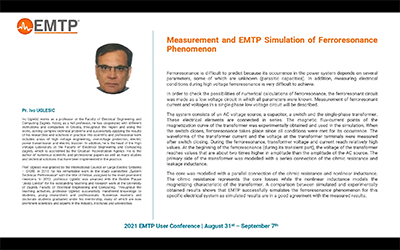
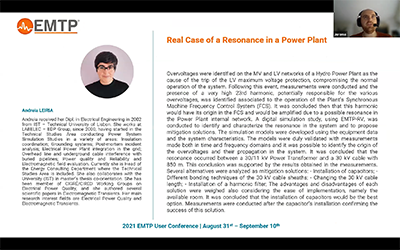
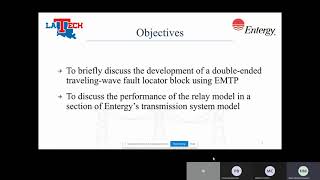
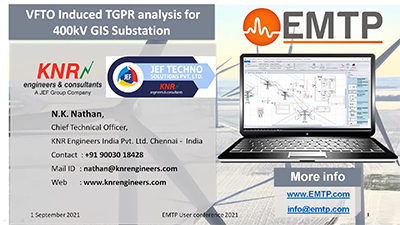

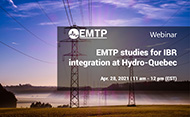
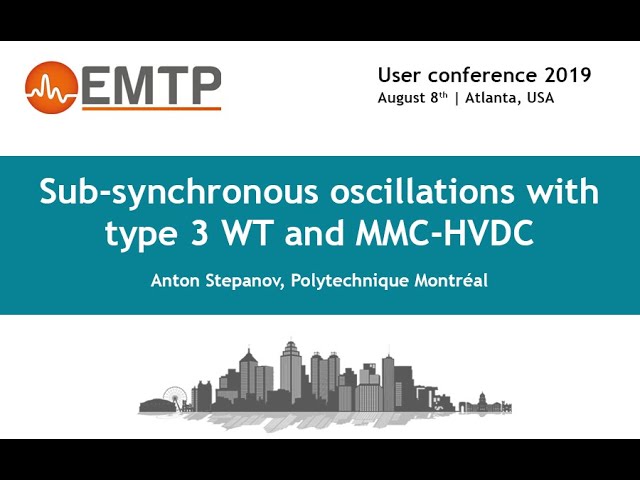
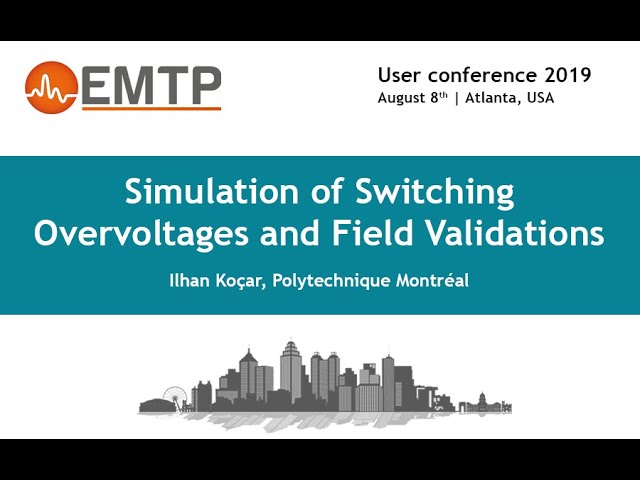
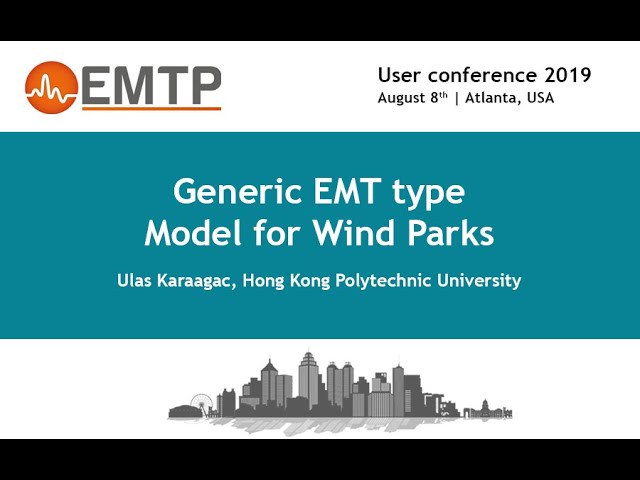
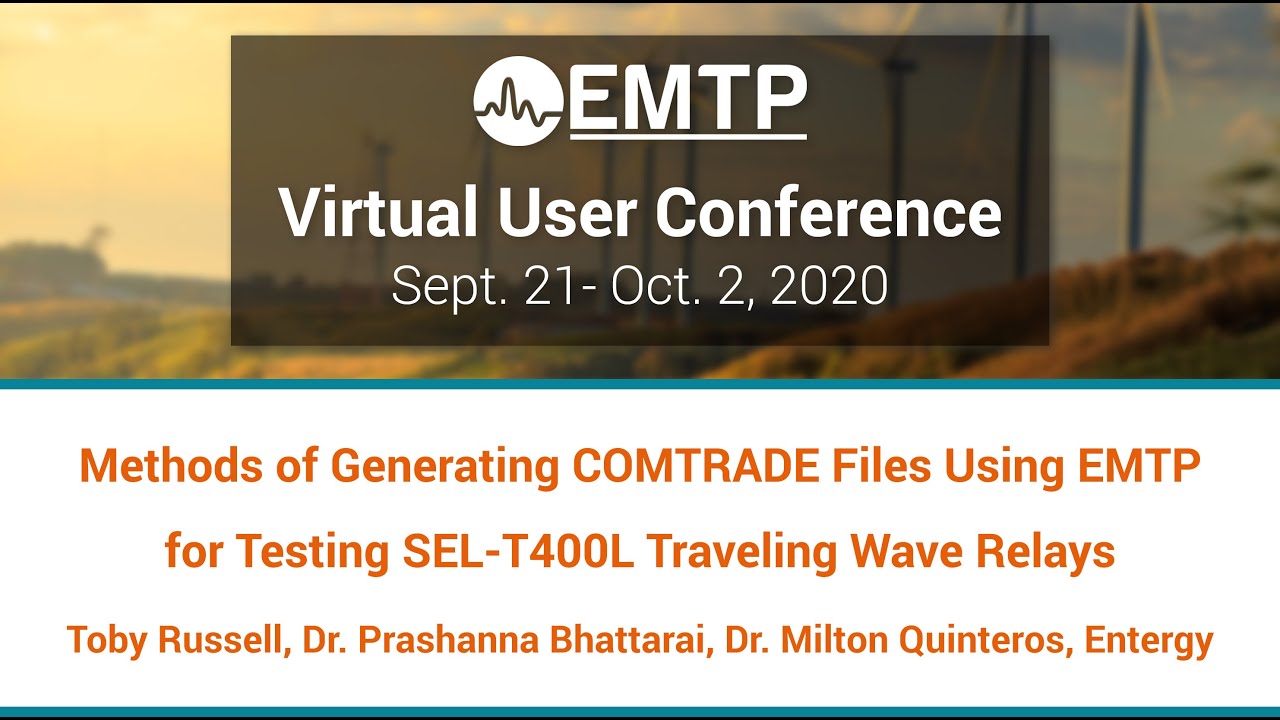
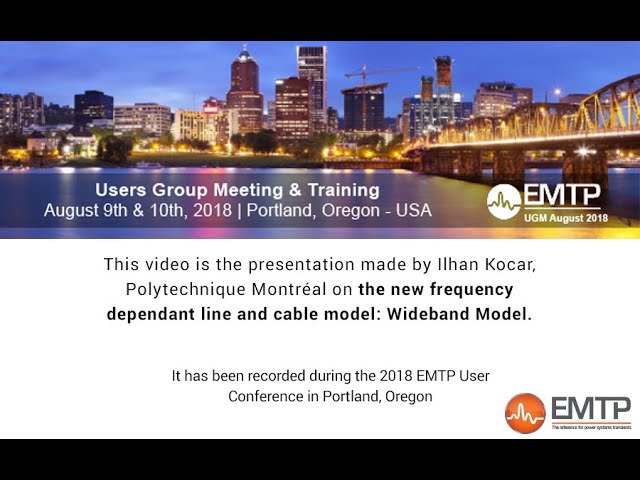
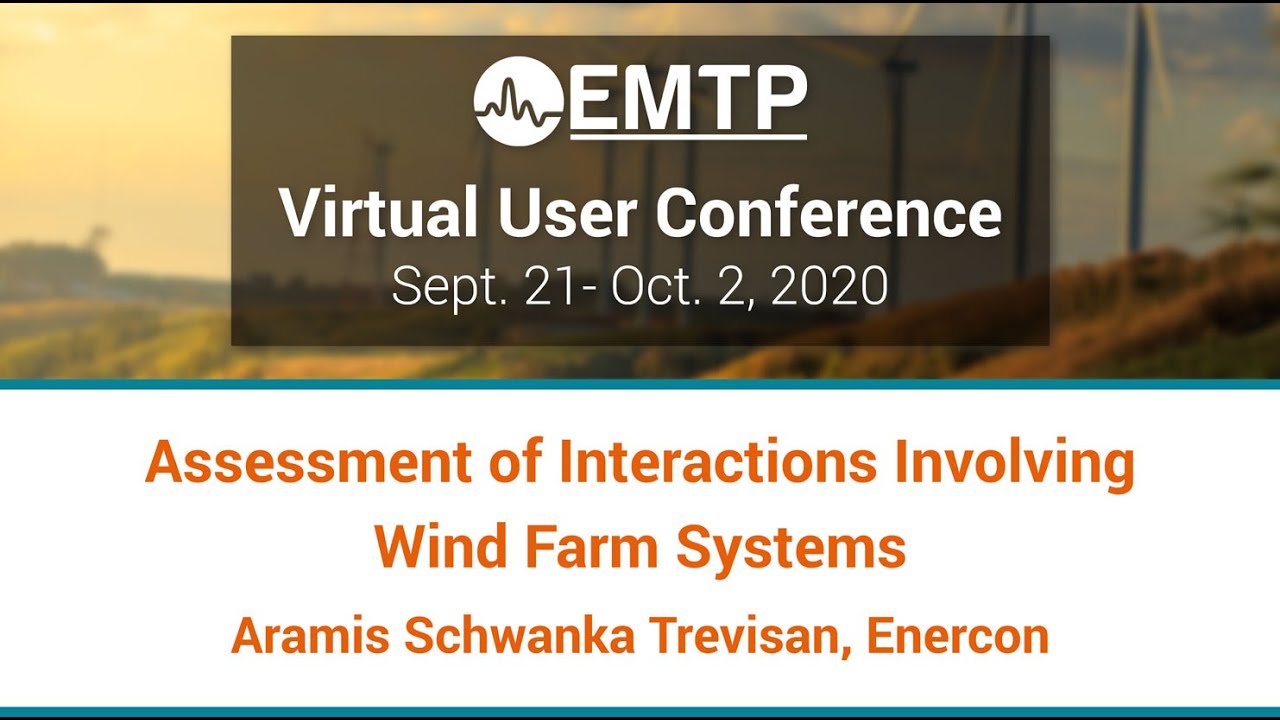
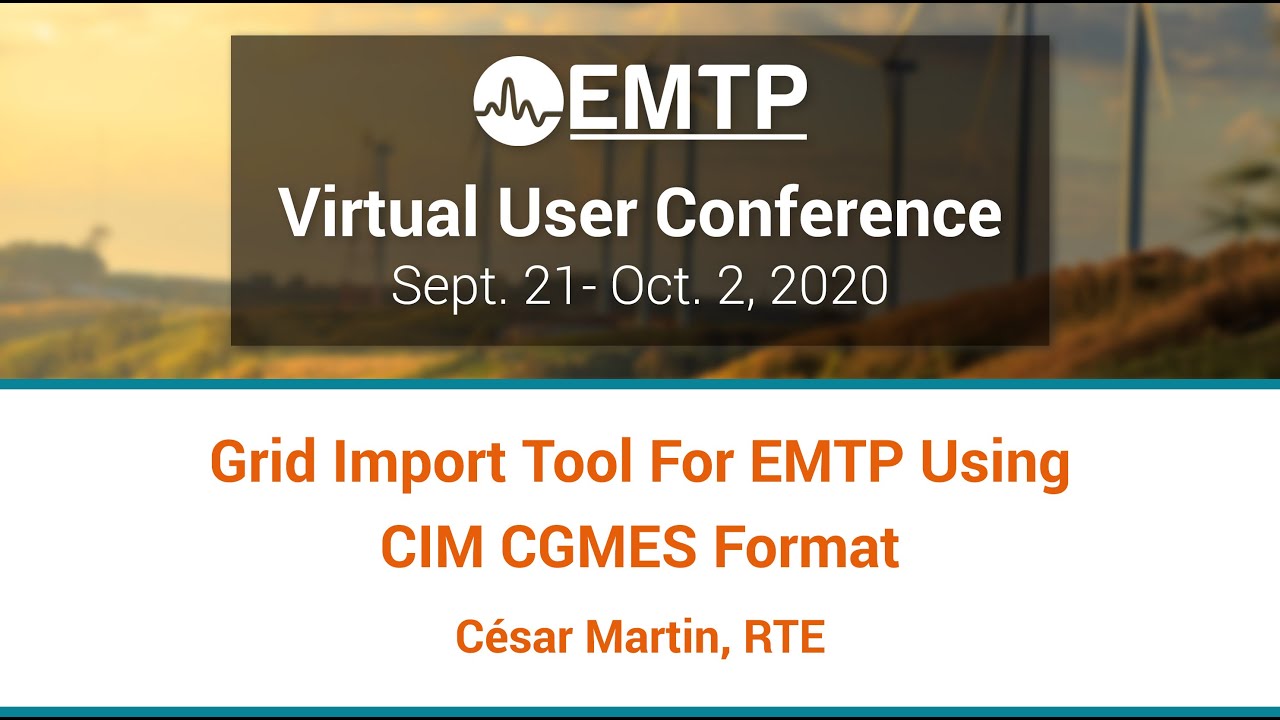
![[R&D]_EMTP : Recherche et développement [R&D]_EMTP : Recherche et développement](https://www.emtp.com/system/files/imagecache/presentation/slide1_1.jpg)
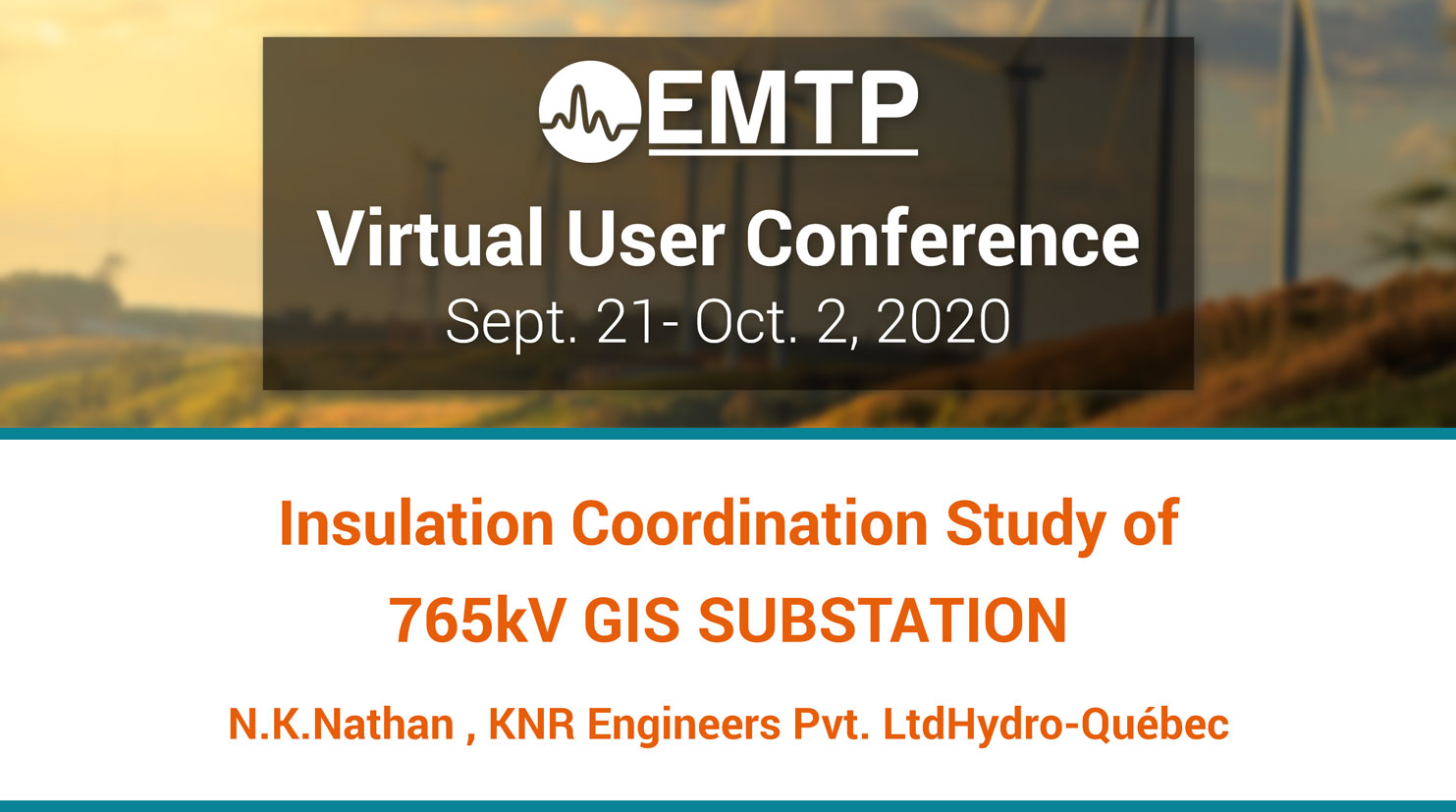
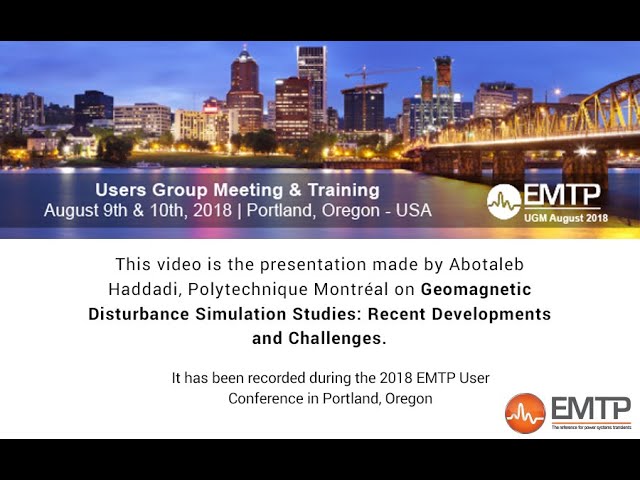
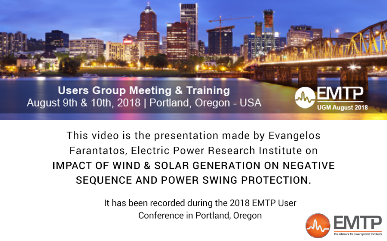
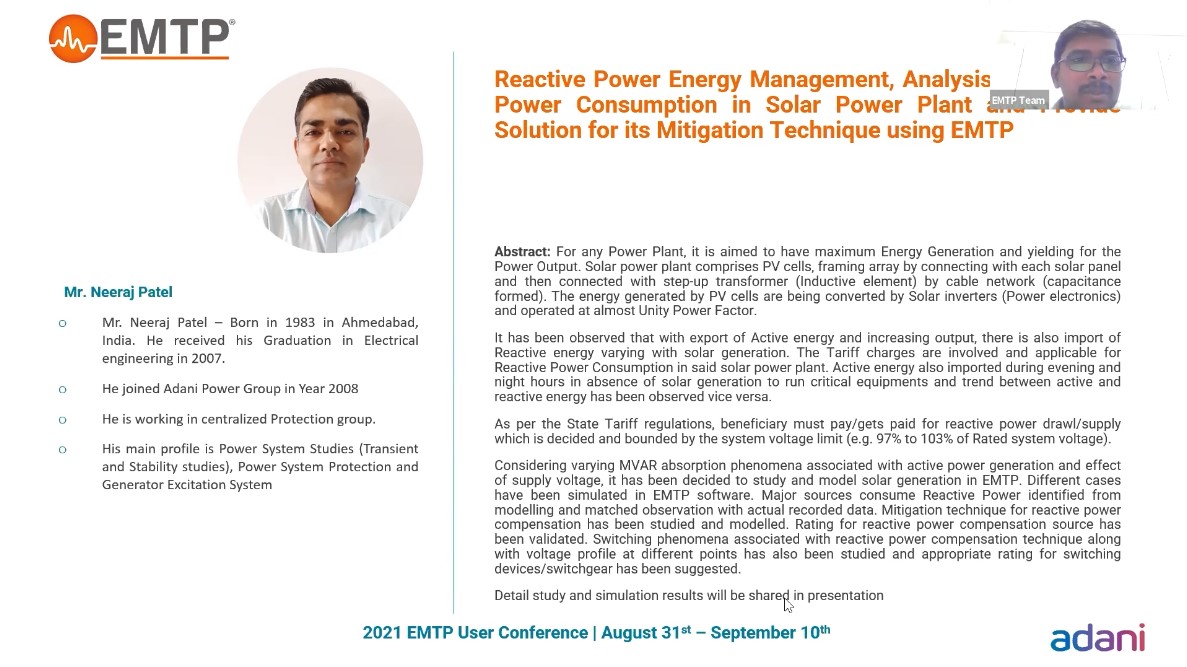
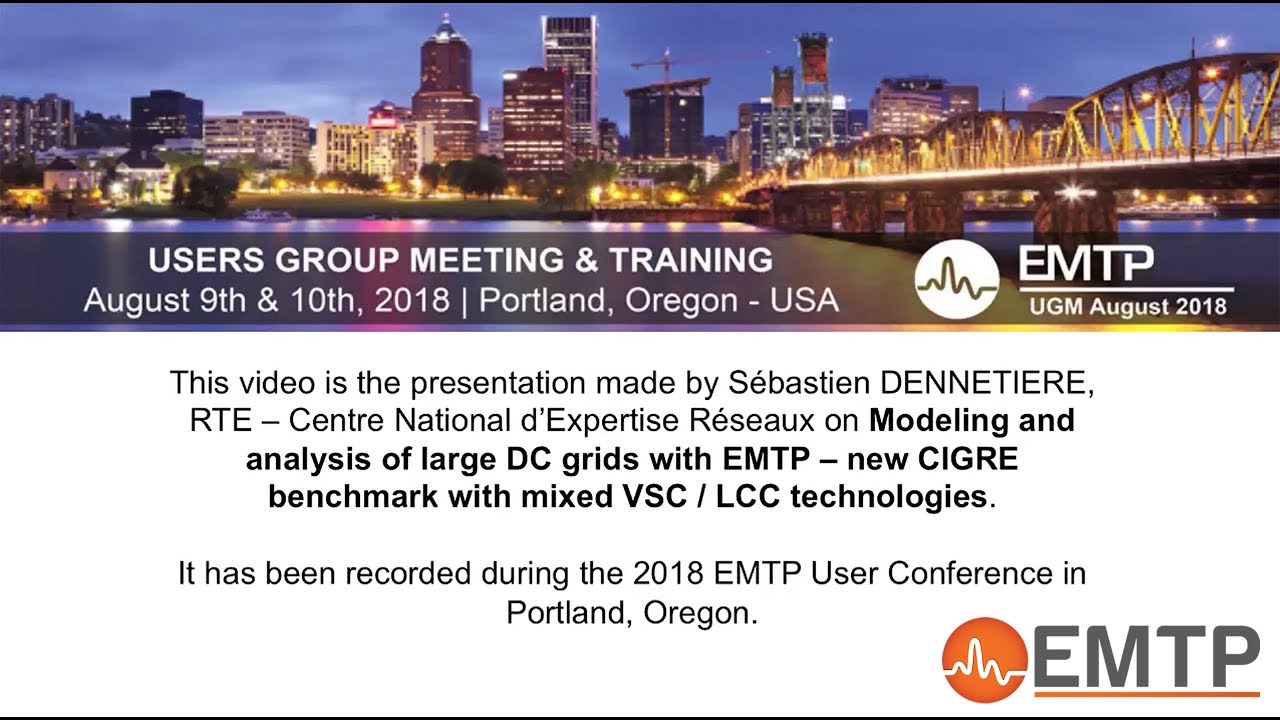
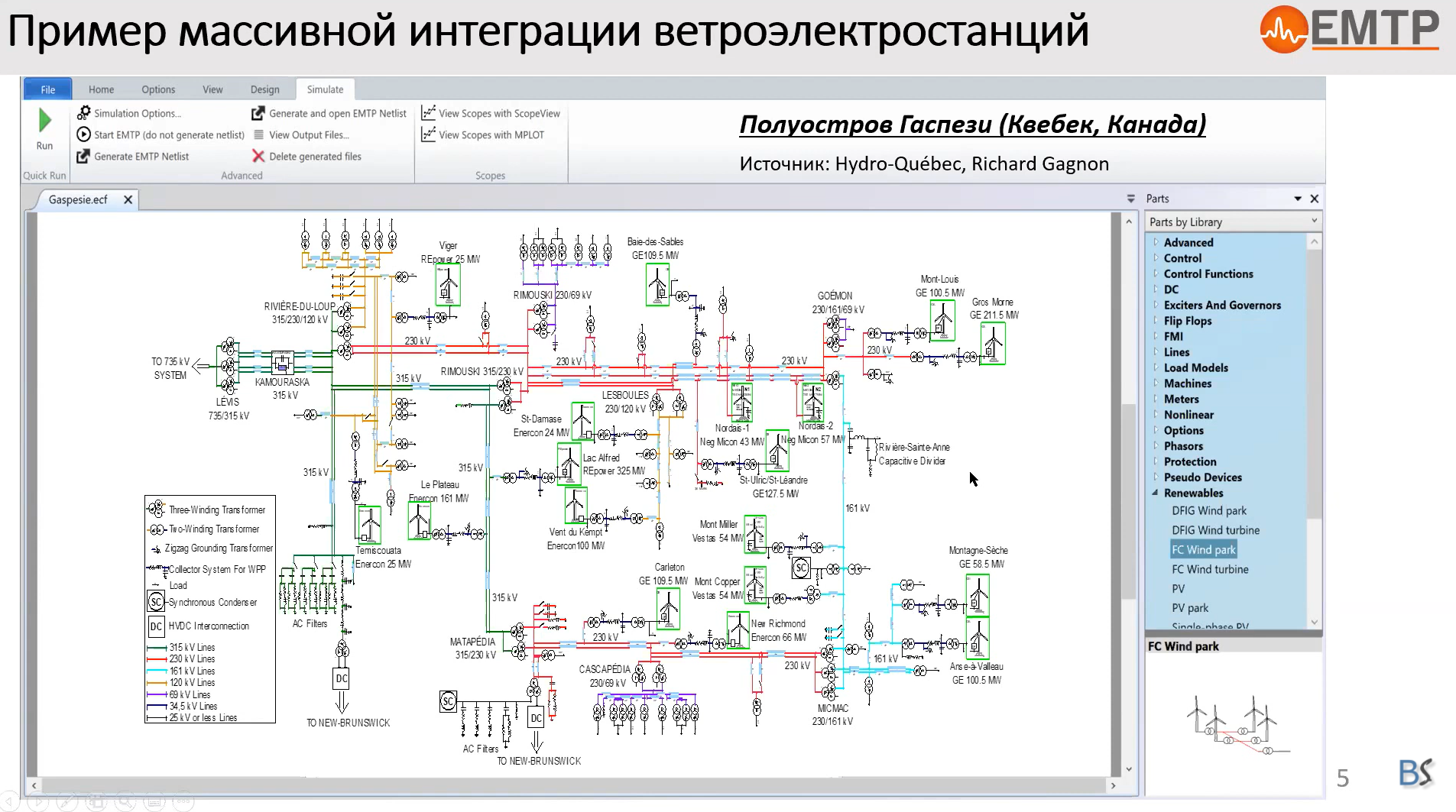
![[Protection_Devices]_Étude des courants coupés par les sectionneurs de changemen [Protection_Devices]_Étude des courants coupés par les sectionneurs de changemen](https://www.emtp.com/system/files/imagecache/presentation/TechnicalPresentation1.jpg)
